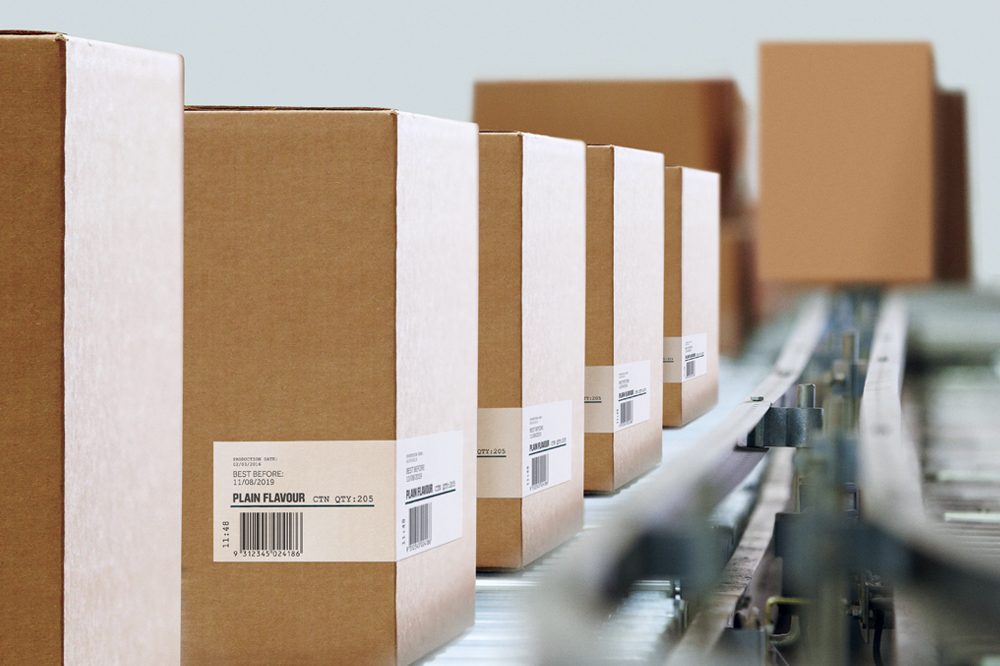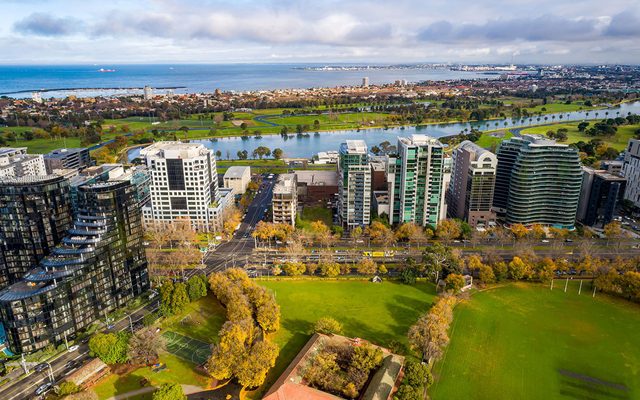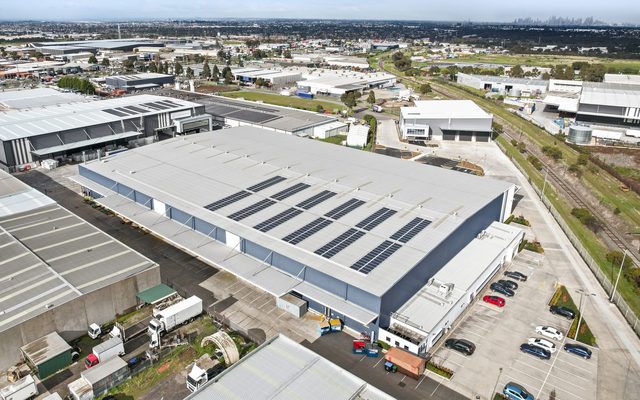This article is from the Australian Property Journal archive
INDUSTRIAL and logistics demand is ramping up in Adelaide, with the vacancy rate at 3.20% for 4,000sqm-plus assets.
CBRE’s Industrial & logistics teams have calculated the sectors vacancy rate in the South Australian capital for the first time in their latest report for the six months from Q4 2020 to the end of Q1 2021.
According to the report, over this six month period vacancy rate in this segment across all major cities tightened from 2.95% to 2.24%, while within Adelaide the rate is higher, a strong level of industrial and logistics activity has been recorded across South Australia.
“Accelerated industrial and logistics demand within Adelaide over the past 12 months has largely been fuelled by South Australia’s strong food and beverage, defence, mining, high-tech manufacturing and health sectors,” said Jordan Kies, state director of industrial & logistics for CBRE, South Australia.
According to Kies, flight-to-quality has played a major role in investments, with expansion and amalgamation spurred on by heightened confidence.
“Additional evidence suggests that there was heightened penetration of new entrants in the Adelaide industrial market over this same period, further demonstrating the increased demand,” added Kies.
According to CBRE, who will calculate Adelaide’s net absorption total in H2 2021, the current four-city average of 1,733,316sqm is approximately equivalent to that of Adelaide’s inner western suburb of Mile End.
“The majority of industrial land across metropolitan Adelaide has now become fully absorbed after extended periods on the market pre-COVID, with many wondering where future industrial development land will materialise to meet the elevated demand levels.”
Land sales activity has been up, paired with a low level of new supply of land putting upward pressure on prices, across all sub-regions.
“Strong leasing demand coupled with low vacancy rates is creating more D&C activity, good tenant retention and rental growth prospects, while there is also increased investment appetite and a continued sharpening of yields,” added Kies.
Added to this, nationally there has been increasing levels of occupier demand, especially in sectors such as e-commerce, distribution, logistics and data centres.
“In 20 years, I have not witnessed such vast volumes of leasing enquiry. This has not been restricted to the major east coast markets, either, with South Australia and Western Australia also experiencing record leasing demand,” said Cameron Grier, regional director of industrial & logistics’ for CBRE Pacific.
In Adelaide’s north, the vacancy rate sits at 2.2%, with new construction bringing in and holding on to blue chip tenants such as the Metcash Distribution Centre, the Woolworths Distribution Centre expansion, ADX Depot, Sigma and Toyota Material Handling.
“The land supply is now fully absorbed and as a result we expect to see a continued trend of low vacancy in this precinct. There is a solid weighting of good quality A-grade buildings with minimal vacancy, which puts the precinct in good stead for tenant retention, rental growth and yields,” said Kies.
In the north west, Adelaide’s traditional industrial area, the rate is also 2.2%. The north west’s location in relation to major freight and distribution networks, paired with overall increasing demand in the sector has meant a shrinking supply in all property grades.
Over the recorded period, remaining stock in an already limited north west market of land for development has been snapped up, leading to the emergence of speculative construction.
“Interphase issues with residential development in some of these established areas – particularly the inner north west – continue to frustrate industrial property requirements, especially given the growth in 24/7 logistics requirements as well as the return of manufacturing activity to South Australia,” said David Reid, senior director of advisory & transactions services, industrial & logistics.
Despite these factors the north west is experiencing a decrease in incentives, with only slight levels of growth in rental rates.
“The dearth of available vacant possession stock is also resulting in capital value growth as buyers compete for opportunities in this low-interest rate environment,” said Reid.
The south west’s rate is marginally higher, at 2.4%, with a heavy supply of buildings that are becoming functionally obsolete for industrial purposes, with the land-locked nature of the south west preventing the expansion of established businesses.
“Land located in the south of Adelaide – namely Lonsdale – has been slow to move in recent years but has now had an influx of activity, so much so that we are running out of available development sites,” said Cass Applebee, negotiator, advisory & transactions services, industrial & logistics.
“Tonsley Innovation District has recently released large parcels of land at a time where there are limited options available.”
In the outer north the vacancy rate is 6.5%, with activity over the year to end of Q1 2021, experiencing activity levels not recorded in 15 years, thanks to the demand in the market and the completion of major road infrastructure.
“Walkers Vicinity Estate is on the verge of sell out, with pre-commitment to Stage 3 prior to completion and land rates lifting from $90/sqm to $130/sqm in the past 12 months. Major transport businesses are now relocating to the estate after previous resistance, encouraged by the area’s connectivity and hive of activity,” said Jon Nitschke.
Similar activity is occurring in the Edinburgh Parks industrial estate, where CBRE is fielding high quantities of enquiry.
Finally in the west, with a vacancy rate of 11.9%, the inner west has seen a significant increase in demand from developers over the past two years, especially for vacant land for use as small office and warehouse units.
“Vacancy is limited in the area due to the high percentage of owner occupiers. In the coming year, we anticipate older, dilapidated facilities will be demolished and redeveloped, as there are no vacant land opportunities left in the area,” said Anthony De Palmer.




